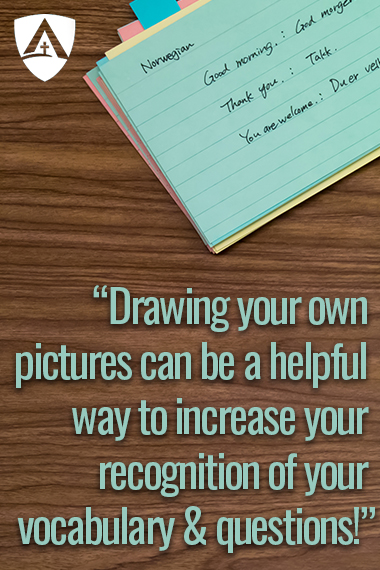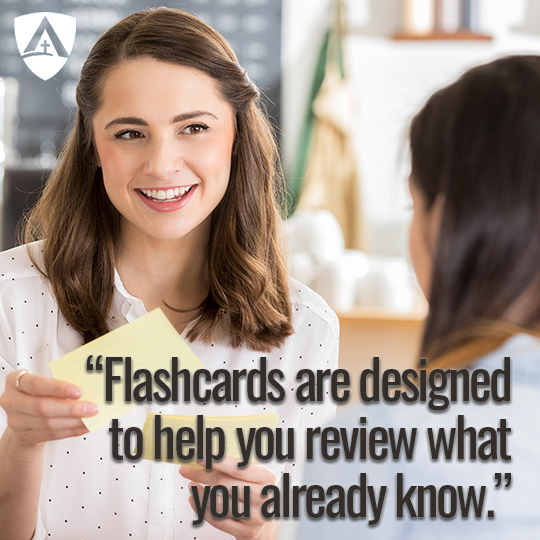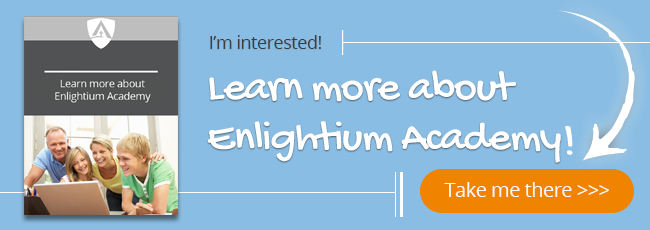Study Tips: Using Flash Cards
What are flashcards?
Flashcards are a common studying tool that have been used for decades. The basic components are:
- Term: the term on a flashcard is the short word, phrase, or question that you are trying to remember.
- Definition: the definition is the meaning of the term. It can also be a fact, explanation, or answer.
While many cards will show both the term and definition on one side, the most effective cards will have the term on one side and the definition on the other.
How do I create my own flashcards?

Creating your own flashcards is quite simple.
If you prefer handwritten flashcards, begin by purchasing a package of 3x5 notecards. Write the term on one side and the definition on the other. You can also use printable outlines. If you already spend a lot of time working on a computer, creating handwritten cards may provide a much-needed break!
Perhaps you don’t have access to notecards or you have trouble reading your own handwriting. In this case, you can create flashcards online.
Here are a few possible resources.
- GoConqr is a free, online flashcard creator that wants to help students develop effective study habits. While it does not have any games, this resource will generate randomized quizzes, as well as allow users to create flowcharts and mind maps, which may be useful for growing writers!
- CRAM is a resource that allows students to create flashcards. This site can also create practice tests for students to discover what they know! Unlike GoConqr, CRAM has developed educational games. Jewels of Wisdom enables students to match terms and definitions to crack the safe; Stellar Speller has learners save the universe from an alien invasion by spelling words correctly!
- Scholastic is a great resource to help you create electronic yet printable flashcards! This resource is geared toward elementary age learners, giving them the opportunity to choose between word or equation focused cards. While Scholastic does not generate a randomized test with a variety of questions, it does have a test mode that enables students to practice their skills!
How do I create effective flashcards?
Many of us have developed bad habits in creating flashcards without even knowing it. Here are a few helpful tips to get you started!
Create your own flashcards.
Whether it is for the sake of ease or laziness, many of us like to borrow flashcards from our friends or find a list that matches our lesson on an online resource. However, creating your own gives you the opportunity to familiarize yourself with the material and learn new concepts before you begin reviewing.
Add pictures.
The reality is that it is easier for our brains to remember images than isolated words. Drawing your own pictures or using some from the Internet can be a helpful way to increase your recognition of your vocabulary and questions!
It does not matter how your pictures look or if they make sense to anyone else. The key is that they help you remember what you are learning.
In the example below, the term is “transition words.” To help me remember that these words connect thoughts, I drew a bridge. I made the color fade from dark to light to help me remember that the key word is “transition.”

Use mnemonic devices.
A mnemonic device is a memory tactic that helps you associate less familiar ideas (what you want to learn) with other ideas, images, sounds, etc.
Example:
PEMDAS is a commonly used acronym to help students remember the order of operations. It reminds you of the first letter of each word in the order it should appear:
Parenthesis
Exponents
Multiplication
Division
Addition
Subtraction
One card, one fact.
One of the most common mistakes people make in creating flashcards is including too much information per card. Instead, focus on one idea, question, and/or answer per card. You will remember the material much better!
How do I study my flashcards?
After creating effective flashcards of your own, it is helpful to know the best practices for studying your cards.
- Learn before you review.
- Flashcards are designed to help you review what you already know, not learn what you do not know. Take some time to understand the ideas, terms, etc. that you are studying before using flashcards.
- Read your cards out loud.
- This engages your mind more actively in what you are doing and increases the likelihood that you will remember what you have learned.
- Study your cards in both directions.
- This will help you recognize a fact or definition no matter how it appears on a test. For example, if you are studying the word “verbose,” try to recall the definition based on looking at the word “verbose.” Then, try to remember the word “verbose” based on the definition.
Enlightium Academy is one of those resources. For parents who want additional guidance navigating the homeschooling journey, we offer an accredited program with faith-based curricula and certified instructors. Homeschooling is a big decision, but should you decide it's the best one for your family, we'll be here to help both you and your child trailblaze your way to success.

